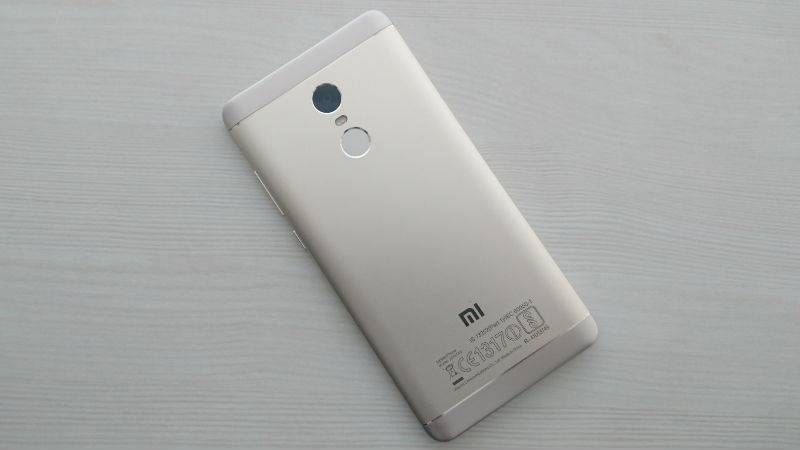The upcoming Xiaomi Redmi Note 5 is just another upgrade you do not need
Oh how far consumerism has come!

From Marshmallow to Nougat and from Redmi Note 4 to the Redmi Note 5, what is the hysteria of incessant upgrades? Do you really be need to be upgrading your phone just for the sake of chasing trends?
New upgrades, new features and a new design, we’re always clamouring to stay ahead of the curve. But why?
According to Counterpoint, two out of three users plan on upgrading their mobile devices within the span of just 12 months in India.
Not only does this drastically deviate from the world average of 24-30 month cycle, it also shows how the growth of Chinese brands in the country, offering more features at a reasonable price, has triggered a faster upgrade cycle.
Why is this happening?
The survey states that users wish to upgrade their phones to adopt 4G LTE capabilities. But hasn’t 4G been around since 2012 when Airtel first initiated the launch?
Even the government is gearing up for a 5G launch by 2020 with BSNL service trials happening as soon as next month.
A lot of users are looking for phones with better memory, storage or battery capacity. The desire to just have an upgraded phone has become central to our lives, showing how strong the hold of the demonstration effect is on India. The herd mentality exemplifies that people just want to buy or have things because other people are able to have them. It’s no longer about ‘needs’ but about ‘wants'.
Get daily insight, inspiration and deals in your inbox
Sign up for breaking news, reviews, opinion, top tech deals, and more.
So, who's responsible?
Xiaomi recently announced that it’s going to be bringing the Redmi 5 to the Indian market soon (it could be the Redmi Note 5, we don’t really know yet), having released the Redmi 4 just an year ago.
This phone boasts of a larger screen, a slightly better rear camera and an upgrade from Android Marshmallow to Android Nougat, which isn’t even the latest OS available (that is, Android Oreo). In fact, we’re going to get Android P this year.
The new features or accessibility options that you want on your phone will probably roll out long before a new OS version is available. The critical parts of the Google ecosystem have more or less been pulled away from Android and into Play Services or onto apps in the Play Store.
When Lenovo rolled out the K4 Note to replace the K3 Note in 2016, it didn’t even bother changing the OS from Lollipop. When Vivo went from the V5 to V7, they did little more than upgrading their camera.
Apple does a decent job of upgrading older smartphones, but Google’s Android partners aren’t as diligent. They never have been.
So really, what was the point?
This is not to say that upgrades aren’t important, but then again, these aren’t things that you can’t do without.
In short, it’s not yet time to upgrade.
If you’re upgrading within six months and your phone is anything less than a burning mess in your hands, you’re making the wrong choice. Take it from us, we use hundreds of smartphones every year and never have we felt the 'need' to upgrade within six months.
So, from the Note X to Note Y, and KX Note to KY Note, make a note - YOU DON’T NEED THAT UPGRADE.
Prabhjote Gill is the Senior Journalist at Business Insider India. She covering everything space, tech and defence at Business Insider India. She is also in-charge of allocating stories to junior writers.

Testing Samsung's new AI-powered vacuum taught me that I don't really need my vac to be know the difference between every single surface

I’ve used a lot of power banks, but the Baseus Blade Pro is the only one slim enough for my laptop sleeve

This is the world's first Thunderbolt 5 LTO tape drive and I can't understand why it exists in the first place









